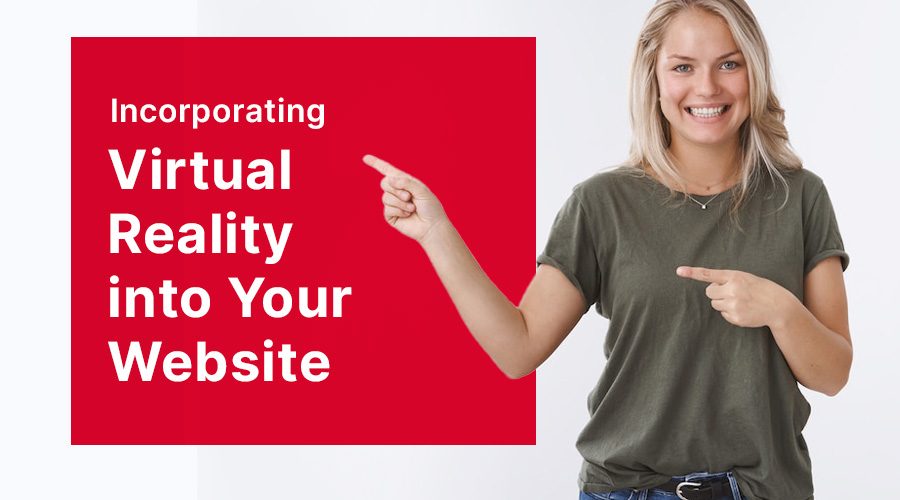Introduction
Ever imagined you could shake hands with a friend, grab a cup of coffee, or even hike a mountain—all from the comfort of your couch? Sounds like something straight out of a sci-fi movie, right? But here we are, standing at the dawn of a new digital era where Virtual Reality (VR) is turning such fantasies into tangible experiences.
With a hint of excitement and a dash of curiosity, let’s embark on this thrilling voyage of VR integration into our very own websites. Why should you care? Well, VR promises to revolutionize web experiences, offering immersive, interactive, and engaging environments that transcend the confines of traditional screen-bound interfaces. Ready to dive in?
Table of Contents
- Unveiling the Magic of VR
- The Rising Demand for VR Experiences
- Making the Leap: VR on Your Website
- Practical Use Cases of VR on Websites
- Overcoming Hurdles: Challenges in VR Integration
Unveiling the Magic of VR
Remember when you saw your first 3D movie? How awestruck you were with the characters seemingly popping out of the screen? Well, VR takes this concept a notch higher. It’s not just about seeing—it’s about experiencing. Imagine stepping into the screen, living in the movie. That’s VR for you, folks!
As an immersive technology, VR creates a convincing, interactive 3D world that users can explore and interact with in real-time. Using VR devices such as headsets, users can move around, look in any direction, and even manipulate virtual objects—feeling a sense of presence in the virtual world.
The Rising Demand for VR Experiences
Ever wondered why the hype about VR is snowballing? Simple! We, humans, are inherently drawn to experiences that engage our senses in novel ways. And VR does exactly that—it provides immersive, dynamic experiences that are captivating, intriguing, and just plain cool.
The stats don’t lie either. The VR market size is expected to reach a whopping $62.1 billion by 2027, according to Grand View Research. This burgeoning demand for VR experiences is transforming various industries—from gaming and entertainment to real estate and education—and it’s time we brought this revolution to our websites!
Making the Leap: VR on Your Website
So, you’re all hyped up about VR, but how do you bring this cutting-edge technology to your website? Fear not, the process is simpler than you might think! With the advent of web-based VR technologies such as WebVR and WebGL, integrating VR experiences into websites has become accessible to web developers worldwide.
Take it slow, one step at a time. Start with simple VR content, such as 360-degree photos or videos, before diving into complex VR experiences. Remember, the goal is to enhance user engagement and not to overwhelm them. As with any new technology, patience, experimentation, and iterative improvements are key.
Practical Use Cases of VR on Websites
Are you racking your brains trying to envision how VR can add value to your website? Let’s jog your imagination with a few examples. In real estate, VR can enable virtual home tours, allowing prospective buyers to explore properties without leaving their homes. E-commerce websites can offer virtual fitting rooms for shoppers, improving the buying experience and reducing product returns.
Educational websites can incorporate VR to provide immersive learning experiences, such as virtual field trips or interactive scientific simulations. And let’s not forget gaming—VR has the potential to turn casual web games into exciting, immersive experiences that keep users coming back for more!
Overcoming Hurdles: Challenges in VR Integration
VR is transformative, no doubt, but it’s not without its challenges. These include technical complexities, high development costs, and accessibility issues. But remember, every significant leap in technology comes with its set of hurdles—did we not face similar challenges when transitioning from static to dynamic websites, or desktop to mobile?
Addressing these issues calls for innovative solutions, continuous learning, and collaboration within the tech community. Remember, each challenge is an opportunity for growth, and in overcoming these hurdles, we open doors to new possibilities that shape the future of web experiences.
Conclusion
VR is not just a buzzword—it’s a game-changer. By incorporating VR into your website, you’ll be riding the wave of innovation, delivering experiences that captivate and engage your users like never before. And who better to guide you on this exhilarating journey than Webnobby? We’re passionate about staying at the forefront of technology and helping businesses like yours navigate the exciting terrain of VR integration. Let’s shape the future of the web, together!


